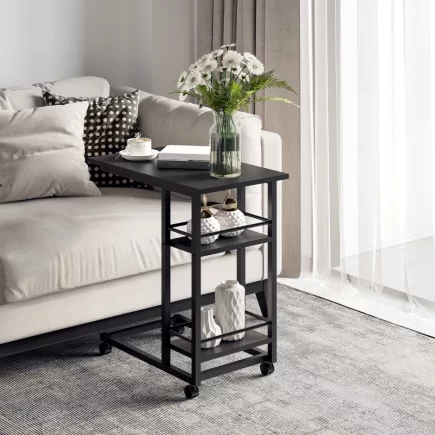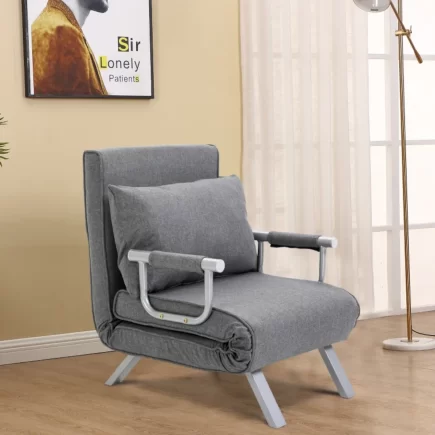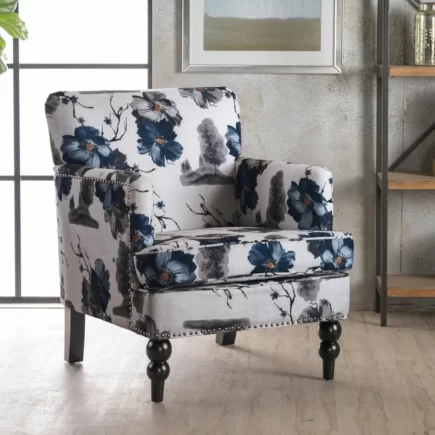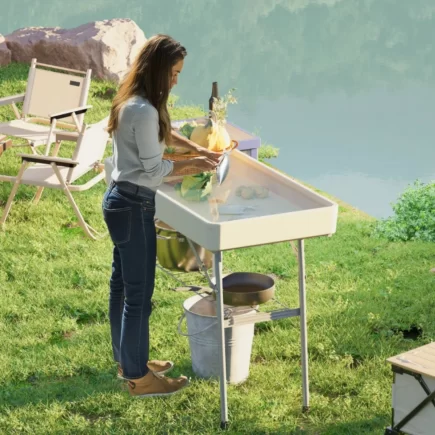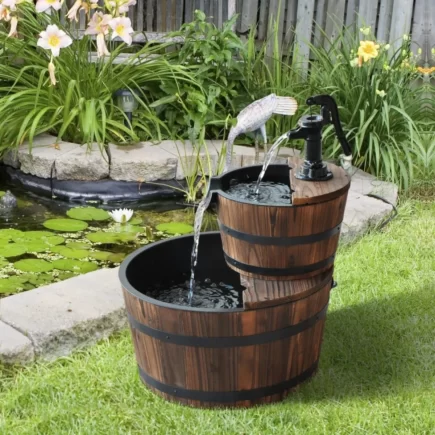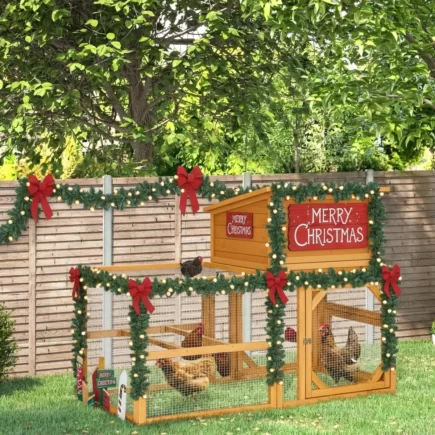Moving a dining table can seem like a daunting task, especially given the potential for damage during transit. Whether you’re moving to a new house, relocating across the country, or simply storing it temporarily, ensuring that your dining table arrives at its destination without any damage requires proper preparation and careful packing.

From disassembling the table to using the right protective materials, this article will cover everything you need to know to ensure your dining table remains safe during the moving process.
Preparation Before Packing
1. Clean and Dry Your Dining Table
Before you begin packing your dining table, it’s essential to clean and dry it. Dust, food particles, and moisture can cause damage to the surface during transit.
Cleaning Tips
- Use a mild soap solution and a soft cloth to wipe down the entire table, including the legs and any intricate areas.
- If the table is wood, avoid soaking it with water. Use a slightly damp cloth and dry it immediately afterward.
Cleaning table not only prepares it for packing but also helps prevent dirt or moisture from getting trapped under protective wraps, which can cause stains or damage over time.
2. Disassemble the Table
If possible, disassemble your dining table to make packing and transport easier. Removing the table legs and table leaves significantly reduces the bulk of the table and makes it more manageable.

Steps for Disassembling the Table
- Take off the Leaves: If your table has expandable leaves, remove them and wrap them separately. Leaves are often the most vulnerable part of the table, and keeping them separate reduces the risk of them being damaged.
- Remove the Legs: Table legs are usually screwed in, so using a wrench or screwdriver will help you detach them. For glued joints, a putty knife can be used to gently pry the legs off.
- Store Hardware: Don’t forget to store the screws, bolts, and any other hardware used to secure the table legs or leaves. Put all hardware in a labeled bag to avoid losing any pieces.
3. Protecting Edges and Corners
Dining tables often have sharp corners, which are prone to damage during a move. Ensuring that these edges are protected will prevent accidental chips or scratches.

How to Protect Table Edges
- Cardboard Corner Protectors: Use cardboard to cover the corners of the table. You can create your own corner protectors by cutting pieces of cardboard and taping them securely in place.
Packing the Dining Table Components
4. Securing the Table Leave
If your dining table has leaves, it’s important to pack them separately to avoid damaging them. They are usually made of wood or veneer, both of which can be scratched or cracked during the move.
Steps to Protect the Leave
- Wrap in Stretch wrap: Just like the tabletop, leaf should be wrapped in several layers of Stretch wrap.

- Cover with Moving Blankets: For extra protection, place the wrapped leaves in moving blankets and secure them with packing tape.
5. Wrapping the Tabletop
The tabletop is typically the most delicate part of the table, especially if it’s made of glass or has a fine finish. Properly wrapping it ensures that it’s protected from scratches, dents, and any potential impact during the move.

Step-by-Step Process
- Wrap the Tabletop in Stretch wrap: Start by covering the tabletop with several layers of Stretch wrap, ensuring that every corner and edge is completely covered.
- Use Moving Blankets: After wrapping, cover the table with moving blankets, securing them in place with packing tape. This extra layer will shield the table from external bumps and scrapes.
6. Packing the Table Legs
Table legs are another vulnerable part of the dining table, especially if they are made of wood. Scratches and dents are common if they’re not properly protected.
How to Wrap Table Legs
- Individually Wrap Each Leg: Start by wrapping each leg with bubble wrap to provide cushioning. Ensure all sides of the leg are covered.
- Secure with Tape: After wrapping, secure the bubble wrap with packing tape, making sure the tape does not touch the wood directly.
Final Securing and Labeling
After all components of your dining table are packed, it’s time to ensure everything is properly secured and labeled.
How to Secure Your Table for the Move
- Label the Boxes and Components: Clearly label each box with its contents and the room it belongs to.
- Tape and Seal: Use packing tape to secure all wrapping and protective materials. Ensure everything is tightly sealed to prevent shifting during transport.
Loading the Moving Truck
- Place Table on Its Side: If possible, place the dining table on its side to save space and reduce the risk of it being knocked over.
- Use a Dolly or Furniture Mover: For easier transport, use a dolly or furniture mover to lift and move the table into the truck.
- Distribute Weight Evenly: Ensure that the dining table is placed with heavy items at the bottom and lighter items on top. This will prevent it from tipping over or shifting.
Packing a Dining Table for moving may require some effort, but with the right preparation, it’s entirely achievable. By following the steps outlined in this guide, you can ensure your dining table arrives at its destination safely and without damage. From disassembling the table to wrapping it securely, each step is designed to protect your investment and ensure its longevity.
FAQs
1. How can I move a dining table through a narrow doorway or hallway?
Tilt the table carefully on its side or angle it diagonally. Removing the legs beforehand often makes passing through tight spaces much easier.
2. What’s the best way to protect a glass tabletop during a move?
Wrap the glass in moving blankets first, then add a layer of bubble wrap. Always transport it vertically, never flat, to avoid cracking.
3. How long before reassembling should I leave the table unwrapped after moving?
Unwrap it as soon as possible after arrival. Prolonged wrapping can trap moisture, which may damage wood finishes.

